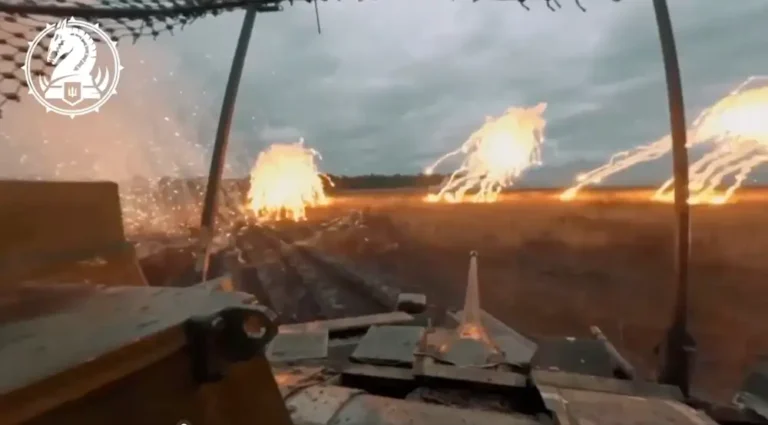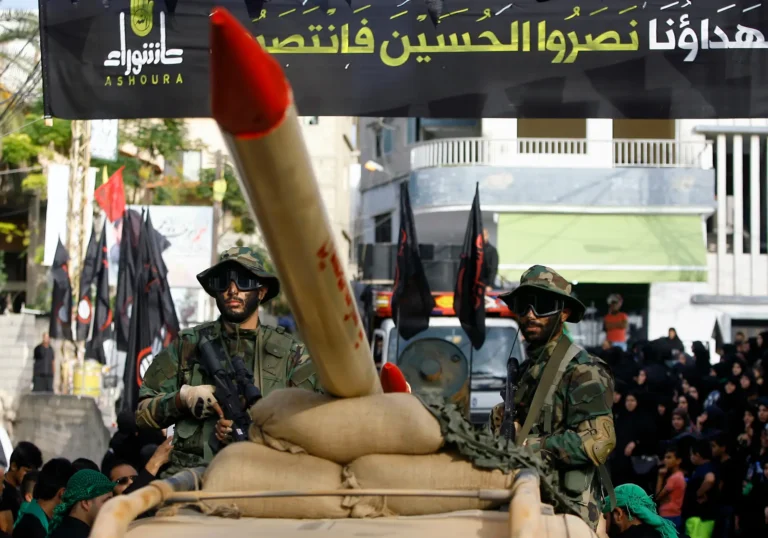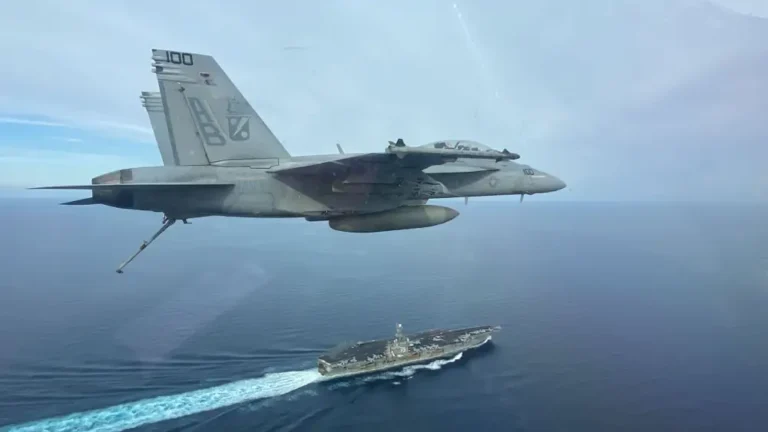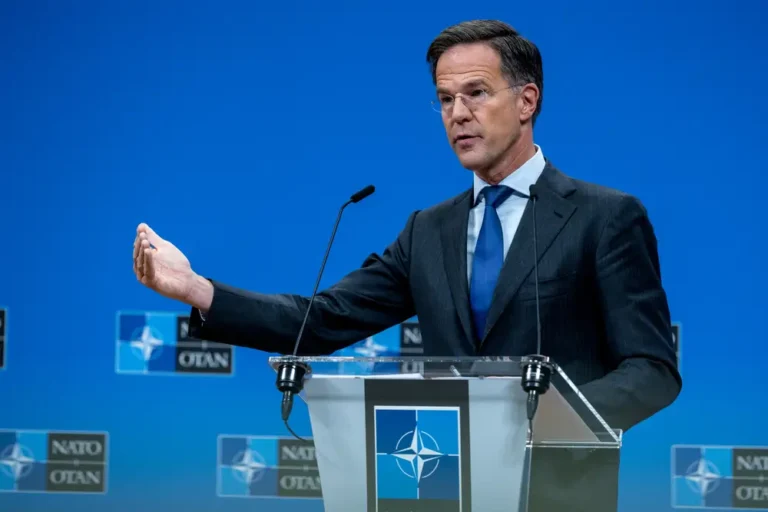The US needs ammunition for its next big war — a lot of it
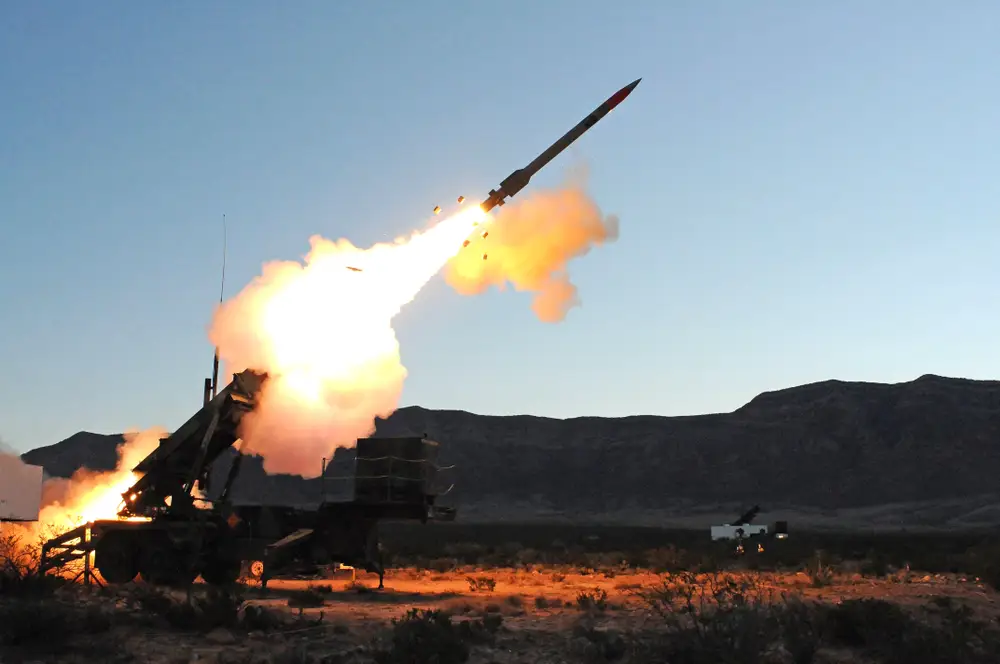
The US Army test fires a Patriot missile, a high-profile interceptor that Ukrainian forces have used to defend the country from Russian threats.
From Ukraine to Israel, the US has sent billions of dollars worth of ammunition to its key partners as they fight two grinding — and vastly different — conflicts that appear to show no signs of slowing down.
These two wars, and the US Navy’s demanding counter-Houthi mission in the Red Sea, offer the American military a taste of what would be needed in a high-end fight: a lot of firepower.
“The volume of weaponry — the number of missiles and other systems that are going to be required to deal with a high-end conflict — are just much more than we had planned,” Bradley Martin, a retired Navy surface warfare captain, told B-17.
“We also lack the industrial base to rapidly expand,” he added. “So it’s really important that we start addressing those sets of issues quickly.”
Billions of dollars in ammo fired overseas
The Biden administration has outfitted Ukraine with over $60 billion in security assistance since Russia launched its full-scale invasion in February 2022.
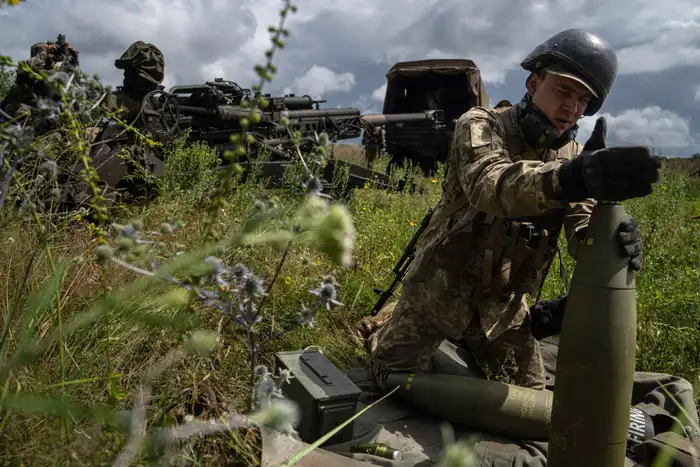
A Ukrainian soldier installs a fuse for a 155 mm artillery shell, which has been a key munition during the war.
According to publicly available information provided by the Pentagon, this lethal aid includes tens of thousands of rockets and missiles, hundreds of thousands of mortar rounds, and millions of artillery shells and bullets. 155mm shells have been in particularly high demand, and stockpiles have been strained.
Beyond the ammunition, the US has also sent Ukraine a significant amount of armored vehicles, air-defense systems, drones, anti-tank weapons, small arms, and more.
The Biden administration has been far less transparent about the security assistance it has sent to Israel, but the Costs of War Project, a research initiative at Brown University, found last month that the US had approved at least $18 billion in security assistance to Israel since war broke out after Hamas’ October 7, 2023 massacre.
Weapons deliveries since then have consisted of heaping amounts of ammunition, including thousands of anti-tank missiles, tens of thousands of artillery shells and cannon ammunition, as well as tens of thousands of air-dropped bombs.
Meanwhile, the US military has spent the past year actively engaged in combat operations against the Houthis, the Iran-backed rebels in Yemen that have been using missiles and drones to attack merchant shipping lanes in the Red Sea and Gulf of Aden.
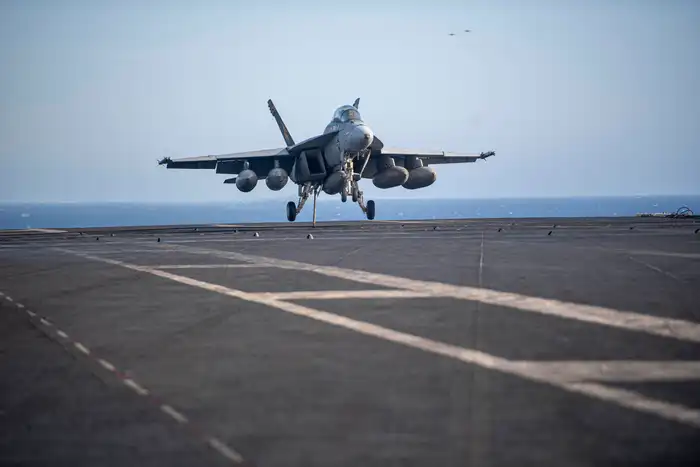
An F/A-18 Super Hornet lands on the flight deck of the USS Dwight D. Eisenhower in April.
US warships and aircraft have fired hundreds of munitions to shoot down Houthi threats and strike the rebels in Yemen, including a wide range of land-attack missiles, surface-to-air missiles, air-to-air missiles, and air-to-surface weapons.
The Navy also fired interceptor missiles to defend Israel from Iranian attacks in April and October. These two instances, along with the counter-Houthi operations, have seen the US expend nearly $2 billion worth of munitions.
On the low end, the US has contributed some $80 billion in weaponry — including the transfer or expenditure of a significant amount of munitions — to support the conflicts in Ukraine and the Middle East, which aren’t showing any sign of winding down.
Production woes — and improvements
Former US military officers who have taken part in war-gaming exercises for various research institutions say the conflicts in Ukraine and the Middle East underscore the high munitions expenditure needed in a major fight.
“We have seen the munitions demands of a major war, which are not a surprise — everybody knows that protracted great-power wars use a lot of munitions,” Mark Cancian, a defense expert and retired US Marine Corps colonel, told B-17.
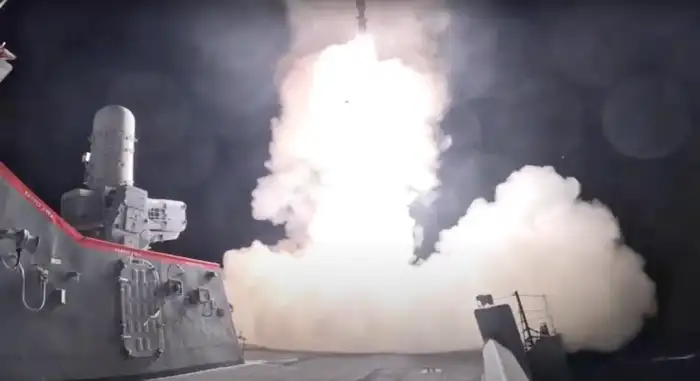
A Navy destroyer fires an interceptor missile to defend Israel from an Iranian ballistic missile attack in October.
“We never really thought we would be in such a position, and these events have shown us what the demands could be, combined with a strategy that now recognizes we could end up in a great-power conflict that might go on for a long time,” said Cancian, now a senior advisor at the Center for Strategic and International Studies.
Martin, the former Navy captain, said that backfilling the US stockpiles of ammunition that have been transferred to partners or fired overseas is important, but it’s crucial that the defense-industrial base actually has the capacity to manufacture new munitions when the demand spikes.
“What we are seeing from the real-world examples is that munitions expenditure will be very high,” said Martin, now a senior policy researcher at RAND. “If there was ever a wake-up call, it would be the campaigns in Ukraine and in the Middle East.”
Indeed, a US Army official previously told B-17 that “the Army is looking very closely at the war in Ukraine” and “investing to better prepare for potential conflict.” But that preparation is a substantial undertaking.
One kind of weapon that would be needed in great numbers for a potential conflict with an adversary like China, the Pentagon’s “pacing challenge,” is air-defense interceptors, particularly those from the Standard Missile family.

The US has sent three Patriot batteries to Ukraine, along with associated interceptor missiles.
A US-China war could largely be fought in the maritime domain. Given Beijing’s formidable arsenal of anti-ship missiles, Navy vessels would need to be well-armed with interceptors to take down these threats and defend American assets in the Pacific.
Officials and analysts have expressed concern over stockpiles of these interceptors, especially given their use during high-tempo Middle East operations. They argue that the US needs more key interceptors for future conflicts. However, these munitions come with a hefty price tag, and production has dropped.
Land-based air defenses have also proven their worth in major conflicts in recent few years. The US has transferred Patriot batteries and their associated interceptor missiles to Ukraine, where they have gotten a workout against Russian missiles. This advanced system was also used to defend Israel from Iranian missiles in April. Lockheed Martin is boosting PAC-3 interceptor production, but there are questions as to whether it is sufficient.
Beyond air defense, air-launched standoff weapons like the AGM-158C Long Range Anti-Ship Missile (LRASM) and AGM-158B Joint Air-to-Surface Standoff Missile (JASSM) would also be critical for US forces in a major conflict, especially against China.
The Tomahawk Land-Attack Cruise Misisle, a premier Navy long-range strike asset that the military has been relying on heavily would also be needed in significant quantities for a high-end conflict, which, given stronger ties between US foes, may not be a fair fight.



